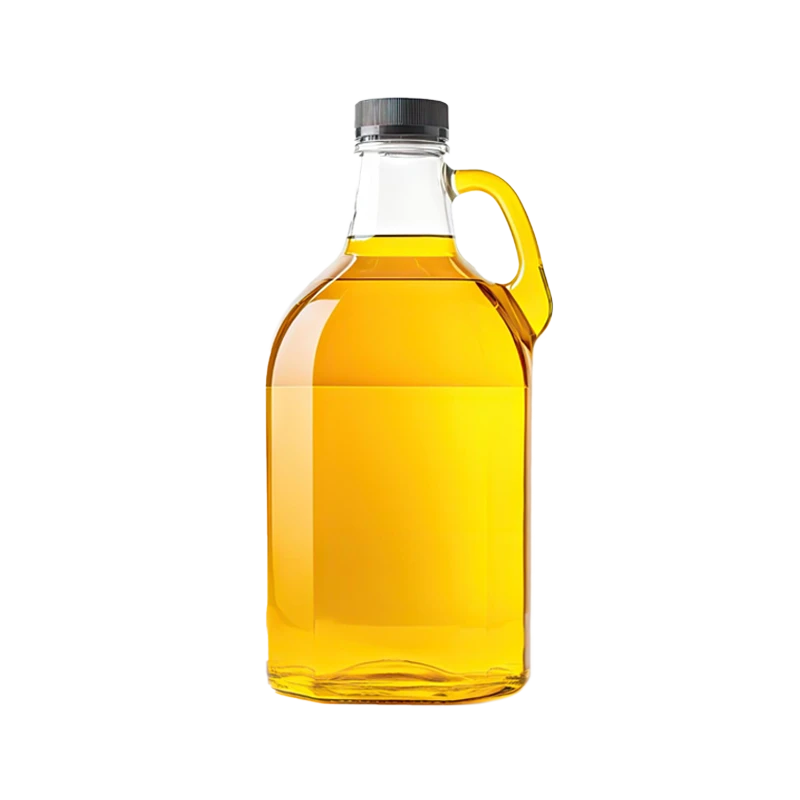Grapeseed Oil — Nutrients, Health Benefits, And Shopping Tips

Written by Listonic Team
Last update on September 4, 2024
Nutrition facts
Nutrition facts
Amount per 100 g
Calories
🔥 884 kcal
| Nutrition per: 100 g | Value | % Daily Value* |
|---|---|---|
| Carbs | 0 g | - |
| Fiber | 0 g | - |
| Sugars | 0 g | - |
| Glycemic Index | 0 | - |
| Protein | 0 g | - |
| Sodium | 0 mg | - |
| Total Fat | 100 g | 128.21% |
*The % of Daily Value (DV) tells you how much a nutrient in a serving of food contributes to a daily diet. 2,000 calories a day is used for general nutrition advice.
Did you know?
Health benefits
- Rich in healthy fats, particularly polyunsaturated fats, which support heart health and provide essential fatty acids.
- Contains antioxidants such as Vitamin E, which help protect the body from free radicals and reduce inflammation.
- Supports skin health when used topically, providing moisture and reducing inflammation.
- High smoke point, making it suitable for cooking at high temperatures without breaking down and producing harmful compounds.
- May improve cholesterol levels by increasing good cholesterol (HDL) and reducing bad cholesterol (LDL).
Health risks
- High omega-6 fatty acid content which, if consumed excessively, may contribute to inflammation and an imbalance of essential fatty acids in the diet.
- Potential for oxidation as grapeseed oil is prone to becoming rancid when exposed to heat, light, or air, which can produce harmful compounds that may contribute to long-term health risks.
- High calorie content which can contribute to weight gain if consumed in large quantities or used frequently in cooking.
- Potential for allergic reactions in some individuals, particularly those with sensitivities to grapes, causing symptoms like itching, swelling, or difficulty breathing.
How to choose grapeseed oil
Grapeseed oil should be light in color and have a mild flavor, making it versatile for various culinary uses. It should not smoke at medium-high temperatures. Check for a neutral taste and light aroma, which indicates good refinement.
Avoid grapeseed oil that has a strong, bitter taste or an off-smell, as these are signs of oxidation. Quality grapeseed oil should be clean-tasting and not interfere with the flavors of the food.

How to store grapeseed oil
Grapeseed oil should be stored in a cool, dark place. A pantry or cupboard is ideal to maintain its quality. Properly stored, grapeseed oil can last up to six months.
Light exposure can cause grapeseed oil to become rancid. Keeping it away from direct sunlight and heat sources is essential. Ensure the bottle is tightly sealed to maintain its freshness and prevent oxidation.
✅ Extra Tip
How long does it last?
Grapeseed oil can last for 6-12 months when stored in a cool, dark place. Once opened, it is best to consume it within 6 months for optimal quality. Proper storage helps maintain its flavor and nutritional value.
What to do with leftovers?
Leftover grapeseed oil can be used in a variety of culinary and non-culinary ways. In the kitchen, grapeseed oil is a versatile and neutral-flavored oil that is perfect for cooking, sautéing, baking, and making salad dressings. Its high smoke point makes it ideal for frying or roasting, and it can also be used as a base for homemade mayonnaise or marinades.
Beyond cooking, grapeseed oil has several practical uses. It’s a popular ingredient in DIY beauty treatments due to its light, non-greasy texture; it can be used as a moisturizer for the skin or as a hair treatment to add shine and reduce frizz. Grapeseed oil is also commonly used in massage therapy, as it provides a smooth glide without leaving a heavy residue. Additionally, grapeseed oil can be used to condition wooden cutting boards or utensils, helping to keep them hydrated and prevent cracking. It can also be used as a carrier oil for essential oils in aromatherapy or homemade body oils.
👨⚕️️ Medical disclaimer
Discover products from other categories
Listonic Team
Fact-checked
Our editorial team checked this article to make sure it was accurate at the time of publishing it.
Get the top-rated shopping list app on your phone!







